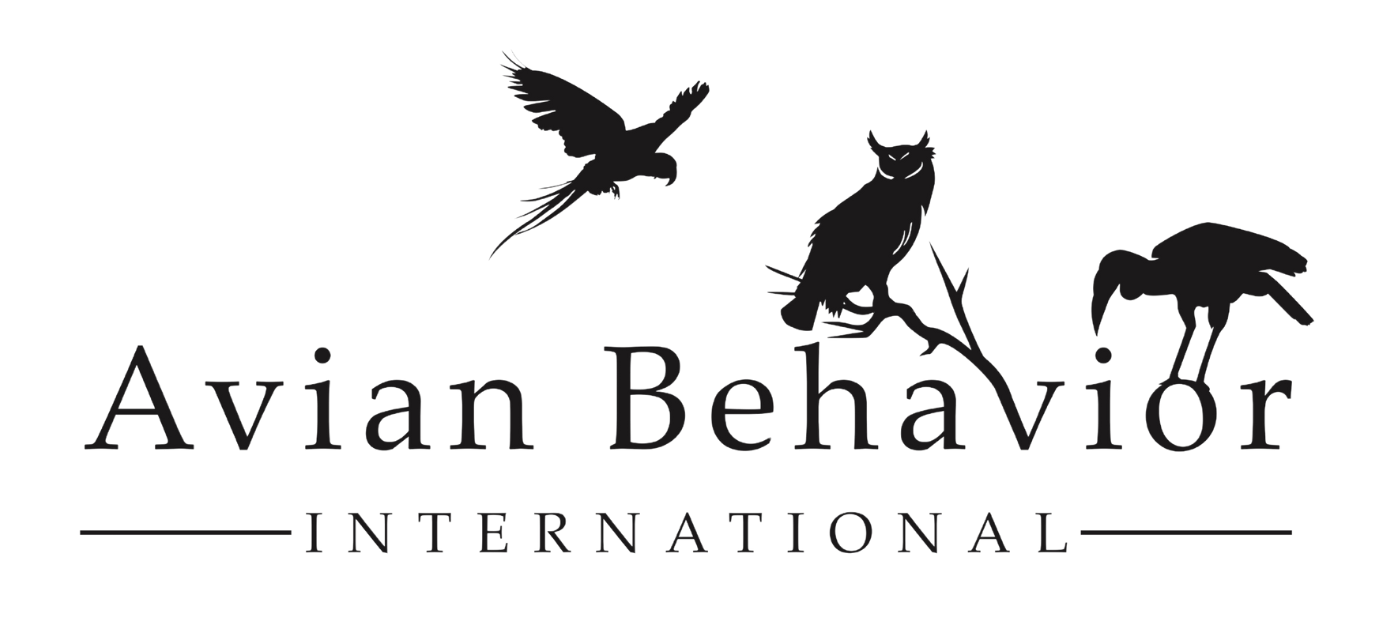09 Oct The Power of Distance: Building Choice-Based Foundations with Our Ambassador Birds
At a recent Heroes 4 Wildlife conference, I shared insights about a training approach that’s transformed how we work with our education ambassadors—particularly those “legacy birds” who came to us with compliance-based histories rather than choice-based foundations.
Recognizing the Gaps
We’ve all seen it. The bird who refuses to eat during programs. The raptor who won’t come out of the crate—or worse, bails back in the moment they get a chance. Open mouths, gular fluttering, that frozen posture that tells us everything we need to know about their stress level.
These weren’t training failures. These were birds telling us their foundation was missing.
Many of our legacy birds learned through grab-and-go handling, being hazed from perch to perch, forced step-ups, and performances in front of audiences before they had any say in the matter. The disconnect was clear: our mission focused on wildlife conservation, but the birds our audiences saw were demonstrating the opposite of choice and welfare.
Why Behavior Science Matters
Here’s what we need to remember: every interaction is a learning opportunity, whether we plan it or not. Behavior science gives us a systematic way to communicate clearly with our birds, and understanding how consequences shape behavior allows us to build cooperation instead of mere compliance.
Raptors respond to environmental contingencies just like any other species—including us. They learn through consequences, and when we ignore that reality, we get compliance at best and learned helplessness at worst.
Let’s be honest about coercion: it appears to work. It doesn’t require technical skills or precise food delivery. We can train volunteers to do it quickly. We get immediate rewards while the fallout comes later—both short and long-term. It doesn’t appear contingent on anything specific, and it keeps boards and supervisors content. But it’s not training. It’s management through force and limited choice.
Concepts like “manning”—flooding a bird with aversive stimuli without an escape option—create learned helplessness. The bird learns that their behavior doesn’t change the outcome, so they stop trying.
When the Problem Isn’t What We Think
When we’re stuck, it’s usually one of three things:
- The bird doesn’t have a strong enough foundation
- Our mechanics and communication skills need refinement
- The bird doesn’t have enough reinforcement value in what we’re offering
This is where distance as a reinforcer becomes powerful.
Leveraging Distance and Space
Instead of thinking about aversives as something to avoid entirely, we can reframe: anything the bird wants space from can become a teaching tool. Rather than reinforcing escape and avoidance behaviors, we reinforce the calm behavior—the choice to stay, to approach, to engage.
This works brilliantly when food isn’t motivating enough or isn’t an option.
Shaping with Space
Consider these common scenarios:
- Bird won’t eat in front of you
- Bird won’t stay near you
- Bird won’t step up on the glove
In each case, we can shape approximations by using distance as the reinforcer. The bird gets space when they need it, and that space reinforces the behavior that preceded it—including calm, exploratory behavior toward us.
I’ve used this successfully with birds in medical training scenarios, recovery situations, and with new birds wearing training collars. The progression videos tell the story: small steps, each one reinforced with appropriate space, building to confident, voluntary cooperation.
Why This Approach Matters
The outcomes speak for themselves:
Bird Welfare: Reduced stress indicators—less panting, fewer bates, less open-mouth breathing
Safety: Fewer bites, lunges, and explosive reactions
Audience Perception: Authenticity that aligns with our conservation message, visible welfare values, increased professionalism
Long-Term Success: More resilient birds, greater reliability, and significantly reduced trainer burnout
Moving Forward
Behavior science doesn’t come easily, and it doesn’t happen overnight. It requires small approximations for us humans too. But the results—for our birds, our teams, and our audiences—make every step worthwhile.
For those wanting to dive deeper, we offer hundreds of hours of in depth training inside the Avian Behavior Lab. You can join FREE for 2 weeks with the code: AVIAN.
Because this work matters, and these birds deserve our best effort to communicate clearly, respect their choices, and build genuine partnerships.

